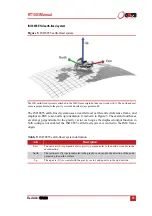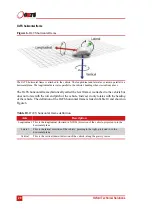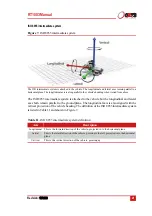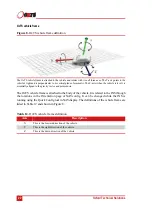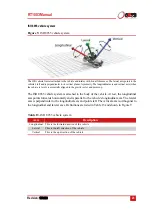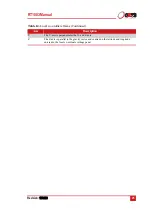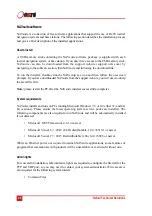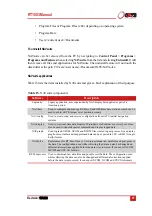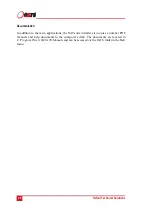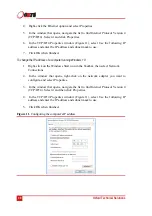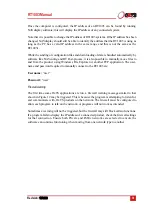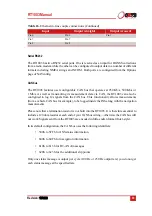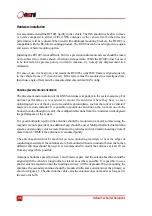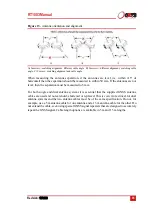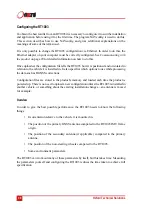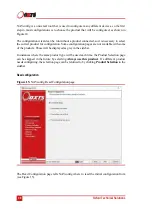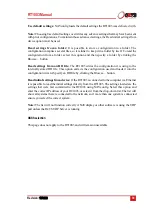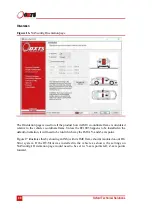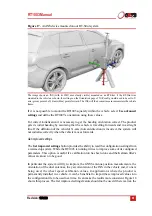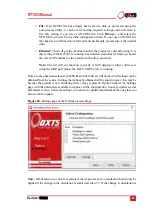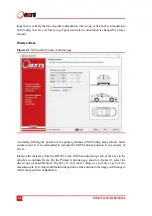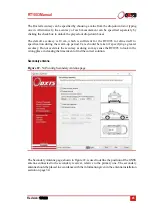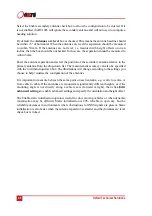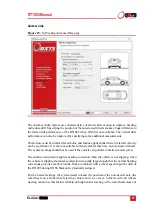
RT1003 Manual
Revision:
190628
33
Serial RS232
The RT1003 has two RS232 serial ports. One is reserved as an input for DGNSS corrections
from a radio modem while the other can be configured to output data in a number of different
formats including NMEA strings and NCOM. Both ports are configured from the Options
page of NAVconfig.
CAN bus
The RT1003 features user configurable CAN bus that operates at 250 Kb/s, 500 Kb/s or
1 Mb/s. As well as transmitting its measurement data via CAN, the RT1003 can also be
configured to log 12 signals from the CAN bus. This functionality allows measurements
(from a vehicle CAN bus for example), to be logged inside the INS along with the navigation
measurements.
Please note that a termination resistor is
not
built into the RT1003. It is therefore essential to
include a 120 ohm resistor at each end of your CAN bus wiring—otherwise the CAN bus will
not work. Signals sent from the RT1003 are encoded in little-endian format (Intel-style).
In its default configuration, the CAN bus uses the following identifiers:
• 500h to 5FFh for INS status information
• 600h to 60Fh for navigation information
• 610h to 613h for RT-ANA messages
• 620h to 623h for the additional slip points
Only one status message is output per cycle (100 Hz or 250 Hz output rate) you do not get
each status message at the specified rate.
Pin 6
Pin 6
Pin 1
Pin 7
Pin 7
Pin 8
Pin 8
Table 16.
Ethernet in-line couple connections (Continued)
Input
Output (straight)
Output (crossed)

